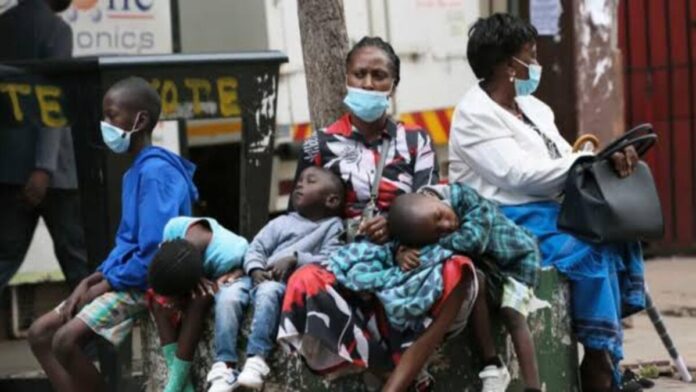On the renowned economist Steve Hanke’s Annual Misery Index (HAMI), which evaluates nations primarily on their economic conditions, Zimbabwe has emerged as the least happy nation. The African nation, which has outperformed war-torn countries like Ukraine, Syria, and Sudan, has been severely hampered by inflation that has skyrocketed and last year reached 243.8 percent. According to the New York Post, 157 nations in total were examined to create the rankings.
”Thanks to stunning inflation, high unemployment, high lending rates, and anemic real GDP growth, Zimbabwe clocks in as the WORLD’S MOST MISERABLE COUNTRY in the Hanke 2022 Annual Misery Index. Need I say more?” Steve Hanke tweeted.
Mr. Hanke further charged that the country’s ruling ZANU-PF party and its policies had caused “massive misery.”
The other nations in the top 15 list of the poorest people are Venezuela, Syria, Lebanon, Sudan, Argentina, Yemen, Ukraine, Cuba, Turkey, Sri Lanka, Haiti, Angola, Tonga, and Ghana.
Switzerland, on the other hand, got the lowest HAMI rating, indicating that its residents are the happiest. Mr. Hanke wrote, “One reason for that is the Swiss debt brake,” attributing the prosperous success of the country to Switzerland’s low debt-to-GDP ratio.
Kuwait ranked second in terms of happiness, then came Ireland, Japan, Malaysia, Taiwan, Niger, Thailand, Togo, and Malta.
India, on the other hand, came in at number 103 on the list, with unemployment cited by the index as a cause of the country’s unhappiness.
The number one cause of misery in the US, which came in at number 134 on the list, is unemployment. On the misery index, Finland, which has been named the happiest nation in the world for six years running, came in at number 109.
Notably, Steve Hanke, a professor of Applied Economics at John Hopkins University, compiles The Annual Misery Index. The indices are equal to the total of the two-times-multiplicated unemployment rate, the inflation rate, and the bank lending rates, less the yearly percentage change in real GDP per capita.




